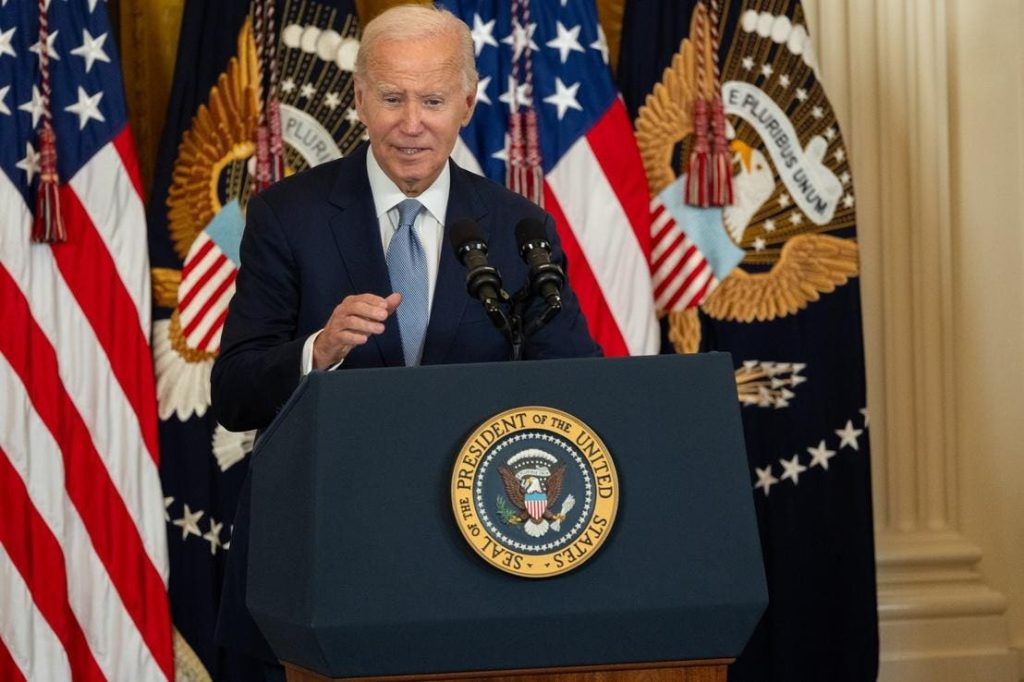A recent development in healthcare legislation aims to ease the financial burden on cancer patients and other Medicare beneficiaries facing high out-of-pocket costs. The Inflation Reduction Act of 2022 includes a provision that caps annual out-of-pocket spending on outpatient drugs at $2,000 for Medicare beneficiaries. This measure is expected to provide relief for those struggling to afford their medications, with potentially significant savings for individuals with high-cost prescriptions, such as those used to treat cancer and other serious conditions.
The restructuring of the Medicare Part D outpatient drug benefit under the IRA of 2022 eliminates the 5% coinsurance requirement for patients in the catastrophic phase, setting a $3,300 cap on annual out-of-pocket spending on prescription drugs. By 2025, Medicare beneficiaries will pay no more than $2,000 out of pocket. This change is projected to save thousands of dollars for millions of Part D enrollees who have experienced high out-of-pocket costs for prescription drugs in recent years.
Statistics show that a $2,000 cap on annual out-of-pocket drug spending would have saved 1.5 million Medicare beneficiaries enrolled in Part D plans money in 2021. Over the past decade, a significant number of enrollees have incurred out-of-pocket drug costs exceeding $2,000, with an expected increase in beneficiaries benefiting from the new spending cap by 2025. The IRA also limits monthly co-payments for insulin products to $35 and eliminates cost-sharing for eligible vaccines, further reducing the financial burden on Medicare beneficiaries.
The IRA not only lowers out-of-pocket costs for Medicare beneficiaries but also reconfigures the cost liability structure of the Part D benefit. Under the new provision, government coverage in the catastrophic phase decreases from 80% to 20% of costs, while plans’ liability increases from 20% to 60%. Drug manufacturers will also face a 20% discount in the catastrophic phase, contributing to overall savings for beneficiaries.
The introduction of a cap on out-of-pocket spending for Medicare beneficiaries was not a new concept and received bipartisan support when initially proposed in Congress. The Prescription Drug Pricing Reduction Act of 2019, drafted by Republican Senator Chuck Grassley and Democratic Senator Ron Wyden, included a similar cap on beneficiary out-of-pocket costs, aiming to reduce prescription drug costs and save money for the federal government. The IRA’s provision builds on this earlier proposal and is expected to bring relief to millions of Medicare recipients.
While the IRA’s $2,000 cap on Medicare beneficiary spending brings much-needed financial relief to many individuals, some have raised concerns about the potential impact on premiums. The restructuring of the Part D benefit may lead to premium increases for beneficiaries, with the average monthly premium for Part D stand-alone drug plans projected to rise in 2024. The trade-off between lower out-of-pocket costs and higher premiums raises questions about the overall impact of the legislation on Medicare enrollees. Despite potential premium increases, the $2,000 spending cap aims to provide comprehensive coverage and financial protection for beneficiaries facing high prescription drug costs.


